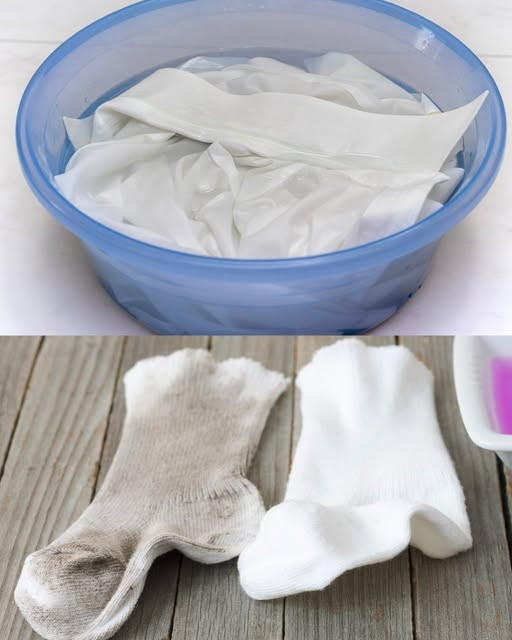ADVERTISEMENT
Certainly! Here’s an article on the topic “Washing Machines of the Past: How Were Clothes Cleaned Before Their Invention?”
Washing Machines of the Past: How Were They Made Before Their Invention?
Before the convenience of modern washing machines, cleaning clothes was a labor-intensive and time-consuming task. While today we simply load clothes into a machine, add detergent, and press a button, people in the past had to rely on manual methods, simple tools, and innovative techniques to keep their garments clean. But what did laundry look like before washing machines were invented? Let’s explore the fascinating history of washing practices and early devices that paved the way for today’s washing machines.
Early Laundry Methods: The Manual Era
In ancient times, washing clothes was done entirely by hand. People would soak their garments in water—often in rivers, lakes, or large basins—then scrub them against rocks or wooden boards to remove dirt and stains. Soap, derived from natural fats and ashes, was sometimes used, but was not widely available until later periods.
- Rubbing Stones: Early washers used flat, smooth stones near rivers to rub and beat their laundry, leveraging friction to dislodge dirt.
- Beating with Sticks: In some cultures, clothes were beaten with sticks or paddles to loosen grime.
- Hand Scrubbing: Scrubbing clothes by hand on a washboard or against rough surfaces was common.
This process was physically demanding and often required several hours, especially for large families or communal groups.
The Washboard: The First Laundry Tool
The invention of the washboard in the 19th century revolutionized manual laundry work. Typically made of wood and metal, the washboard featured a ridged surface against which clothes could be rubbed. This simple tool improved the efficiency of cleaning by increasing friction and reducing the effort needed.
Washboard use remained widespread well into the 20th century in many households before washing machines became affordable and accessible.
Early Mechanical Aids: From Hand Cranks to Wringer Machines
Before electric washing machines, inventors designed mechanical devices to ease the chore:
- Hand-Crank Washers: These machines had a rotating drum operated by a hand crank. The clothes and water inside would be agitated by turning the crank, mimicking the scrubbing motion but with less physical strain.
- Wringer Washers: After washing, clothes needed to be wrung out to remove excess water. Wringer washers included two rollers turned by a crank that squeezed water from garments, significantly speeding up drying times.
Though primitive by today’s standards, these devices were important stepping stones toward fully automated laundry machines.
